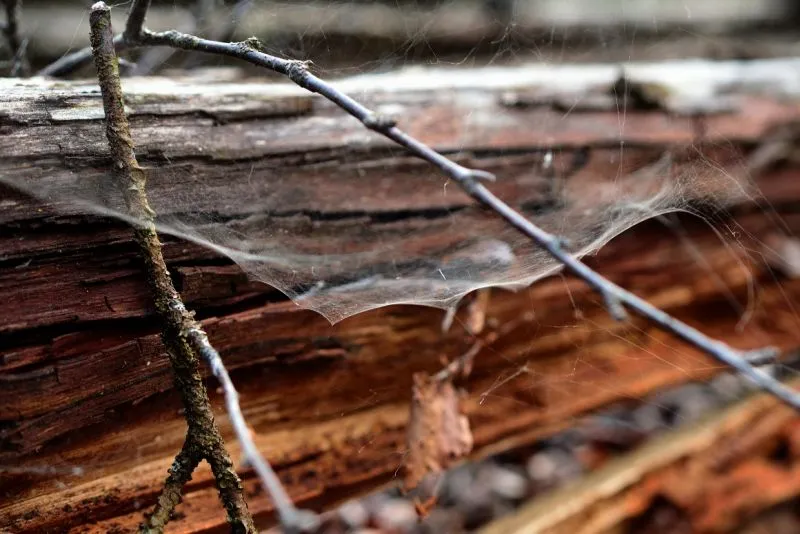Bio-Based Plastic Made From Spider Silk and Wood Could Be the Solution
The dependence on plastic has been crippling and gradually killing our planet for decades now. The harmful effects of this non-degradable substance are rather obvious. Since the past few years, plastic pollution has been a common and significant contributor to the terrible climatic conditions leading to global warming and vice-versa. Also, many marine species have been adversely affected by this serious problem.
This worrisome situation has inspired scientists to invent sustainable and eco-friendly alternatives for plastic. Although bioplastic is also a viable solution, it does not provide the resilient qualities of conventional plastic. The creation of such an alternative has not been achieved until now.

Image: New Atlas
Recently, researchers at Aalto University and VTT Technical Research Center of Finland have succeeded in developing a new bio-based plastic from wood cellulose fibers and the spider web silk. The final outcome is a resilient and firm material which could be used in the future as a plastic alternative.
We used birch tree pulp, broke it down to cellulose nanofibrils and aligned them into a stiff scaffold. At the same time, we infiltrated the cellulosic network with a soft and energy dissipating spider silk adhesive matrix.
says VTT Research Scientist Pezhman Mohammadi.
According to Aalto University Professor Markus Linder, nature provides great inspiration while developing new materials, such as firm and easily available cellulose and tough and flexible silk used in this research. Both of these materials are biodegradable and unlike micro-plastic, they don’t harm nature.
However, the spider silk used in the work was not produced by real spiders but is instead produced from synthetic DNA using bacteria. The results are chemically similar to the actual spider web threads.
Because we know the structure of the DNA, we can copy it and use this to manufacture silk protein molecules which are chemically similar to those found in spider web threads. The DNA has all this information contained in it.
Linder explains.
The research was recently published in Science Advances. The further developments of this material could eradicate the problem of plastic and be a potential alternative for it.
Single-use plastic has been plaguing the environment with its non-degradable quality. These plastic products end up in landfills and water bodies further polluting the surroundings and harming the living species as they take years to decompose. Most of the plastic litter ends up in the oceans and corrupt the aquatic habitat.
The need for a viable plastic substitute is crucial for the survival of every living species on the planet and developing such materials could be a life-saver.


